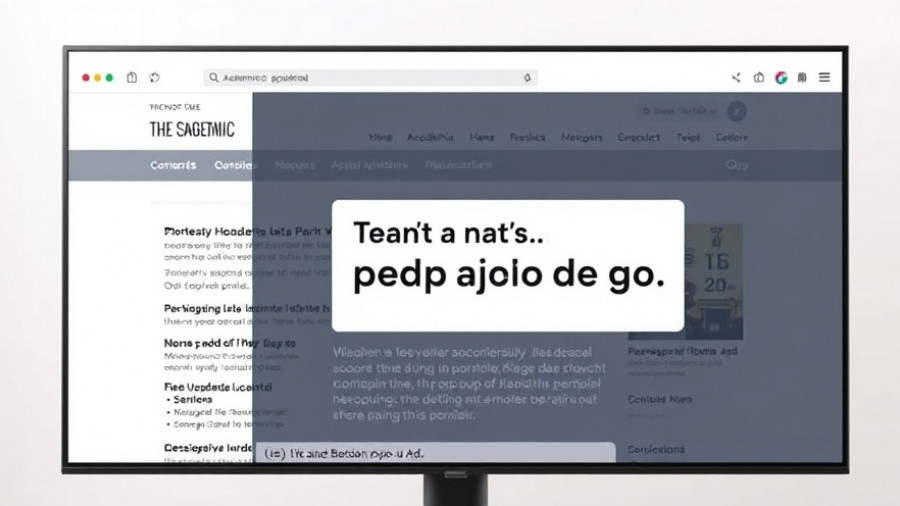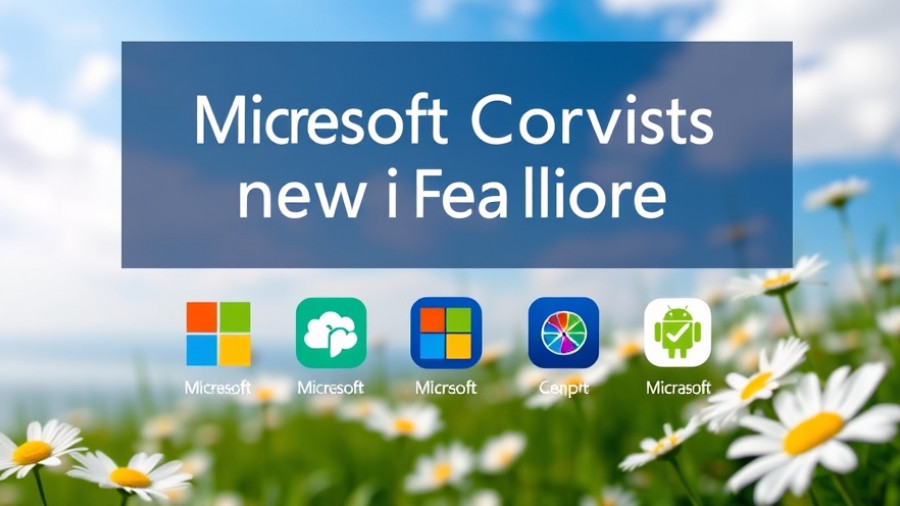
Reimagining Human-Computer Interaction
Imagine a workplace buzzing with activity—colleagues exchanging ideas, phones ringing, keyboards clattering. In the midst of it all, there's a new voice rising—a digital assistant eager to help you navigate complex tasks. But is it socially acceptable to have a conversation with an AI in public? As Microsoft pushes forward with its vision for AI interactions through Copilot, we must consider whether we're truly ready for this leap into vocal interactions with technology.
The Shift Towards Voice-Activated AI
Microsoft has made it clear: the future is about leveraging AI to simplify the way we work. In a recent interview, Pavan Davuluri, head of Windows and Devices, outlined a roadmap where voice communication with your computer isn’t just a possibility but an expectation. He envisions a world where keyboards become obsolete, ushering in an era of voice commands paired with AI assistants like Copilot. This vision isn't merely futuristic—it's actively under development, with prototypes highlighting the potential benefits of vocal interaction.
Understanding Workplace Dynamics
Yet, in examining this bold prediction, we must reflect on current workplace norms. Today, most individuals keep their conversations with AI devices private, opting for discreet typing over vocal commands. Sociologists note that this behavior stems from a fear of judgment—who wants to appear less tech-savvy in front of colleagues? This brings into question: are we not just unprepared for this transformation but actively resistant to its social implications?
Is AI Ready for Prime Time at Work?
The history of voice activation in office settings paints a telling picture. Companies like Nuance, creators of Dragon software, demonstrated the potential of voice interaction years ago, yet even within tech-centric environments, silence prevailed. Workers avoided using dictation tools, preferring the comfort of traditional input methods. As we ponder the popular acceptance of Copilot AI, we must confront the outdated perceptions and stubborn habits that still dominate our working culture.
The Cultural Shift: Can It Happen?
For Microsoft’s vision of Copilot to succeed, they need a cultural revolution. As AI continues to advance seamlessly into daily life, both at home and work, bridging the gap between voice activation and interpersonal communication remains essential. Companies must create environments where asking an AI for help isn’t met with judgment but embraced as a helpful tool. Encouraging this new interaction style may require deliberate cultural shifts within organizations to foster acceptance.
What Lies Ahead: Future of AI Interactions
Looking forward, the trajectory of AI in professional environments points to an inevitable change. Voice interactions may soon be more commonplace than we can imagine, but this transition will take time. Development in AI continues to foster innovations not just in technology, but in societal norms, pushing workers to become more comfortable with advanced tools. As we adapt to AI's capabilities, it is essential to also shift our mindset to embrace this new form of communication.
Final Thoughts: Reflecting on AI's Role
As we ponder Microsoft’s goals for AI, it’s crucial to recognize that the implementation challenges extend beyond mere technology. Embracing tools like Copilot effectively will hinge on social acceptance, workplace culture, and training to redefine boundaries as technology and humans work hand in hand. Will we comfortable engage AI in conversations at the office? Only time will tell.
 Add Row
Add Row  Add
Add 




Write A Comment